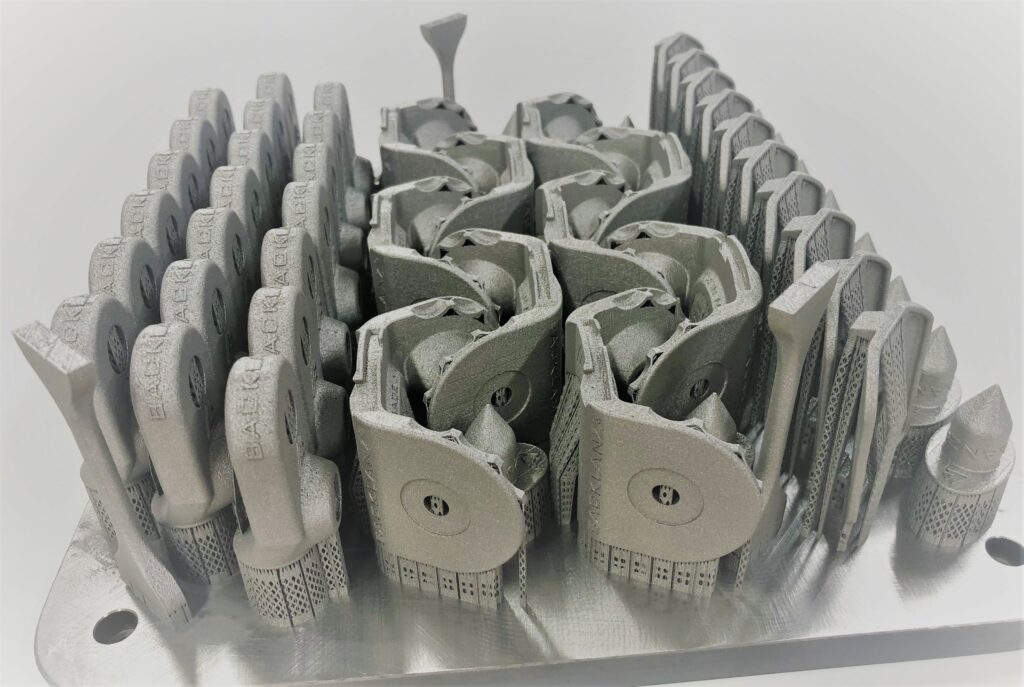
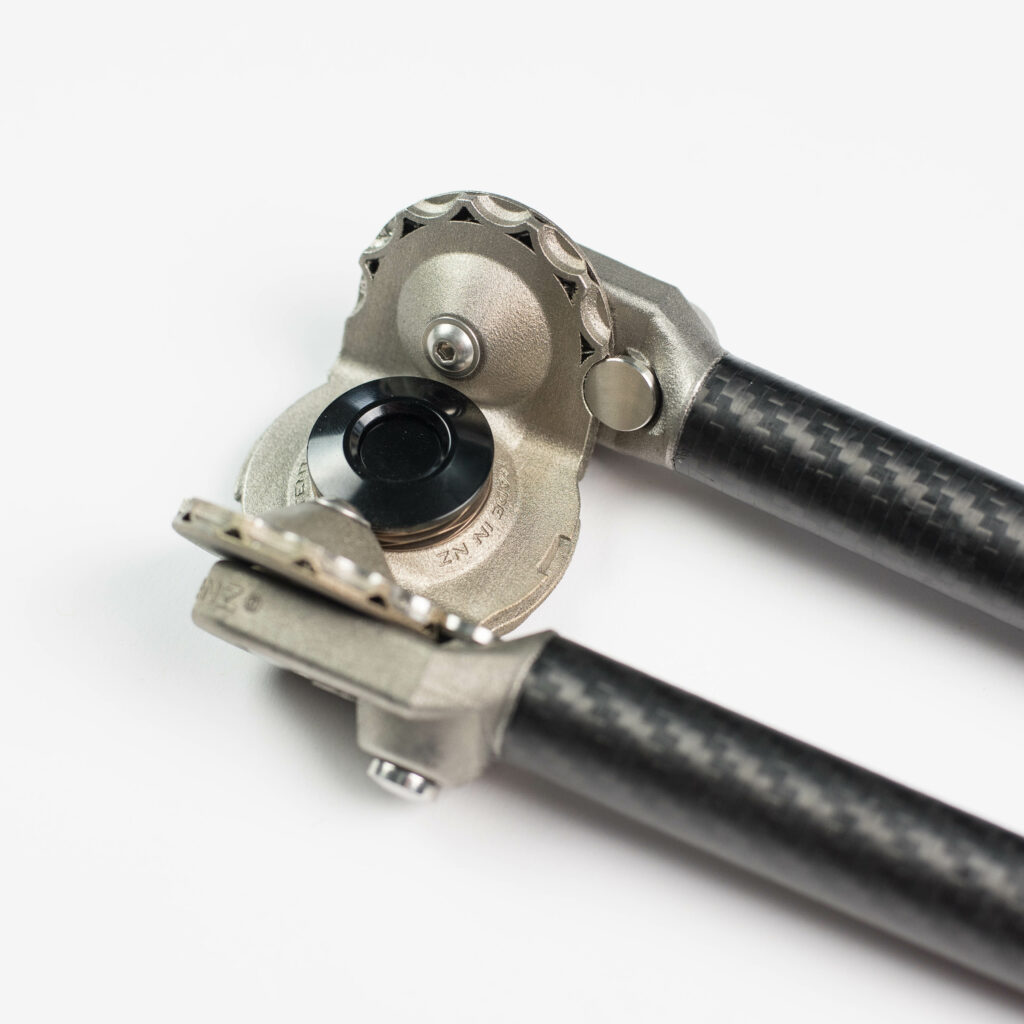

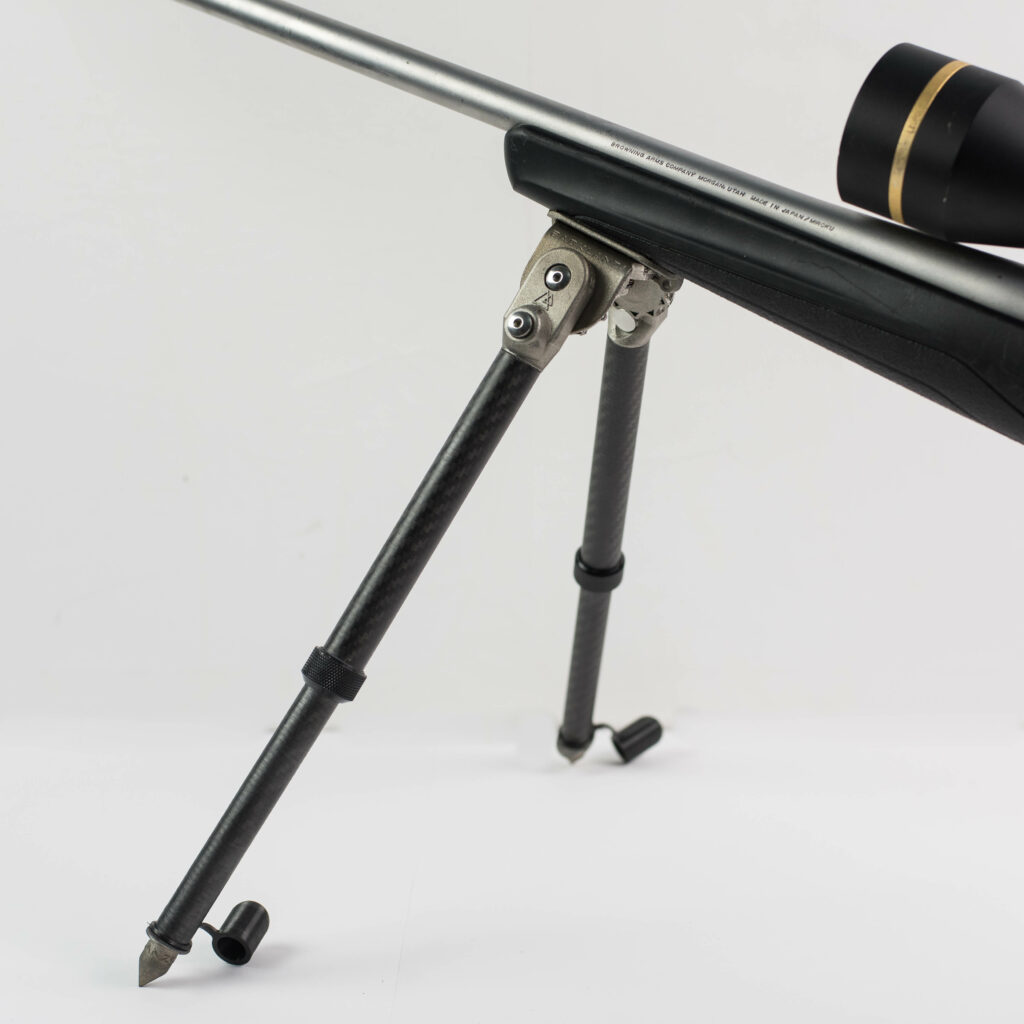
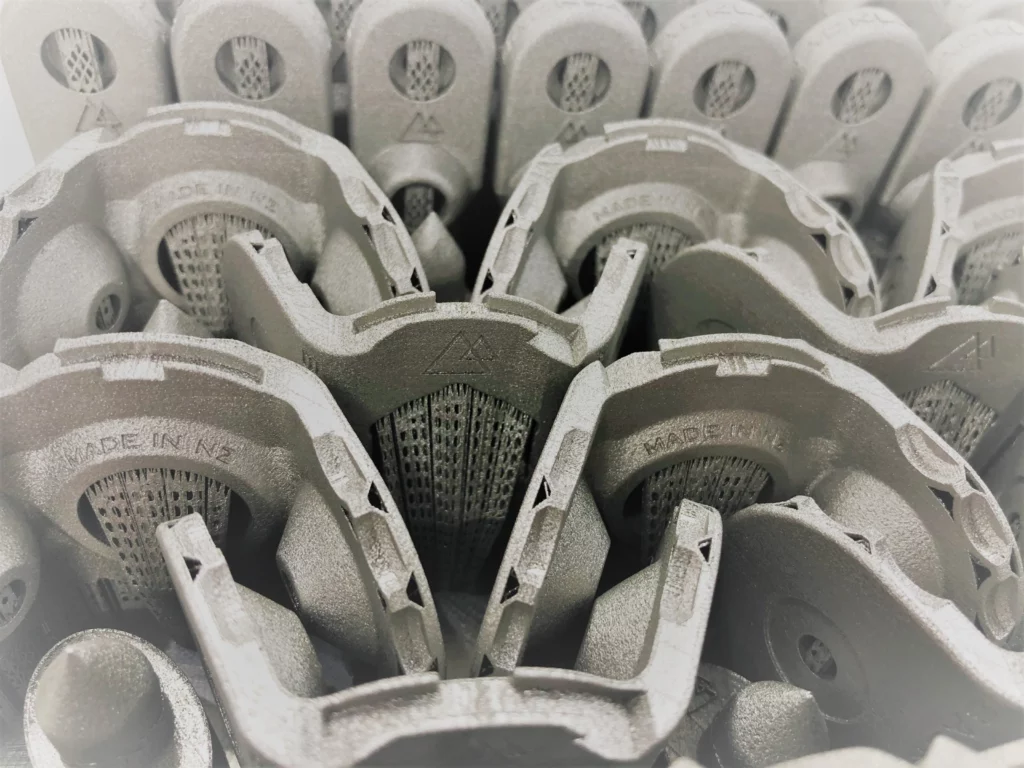
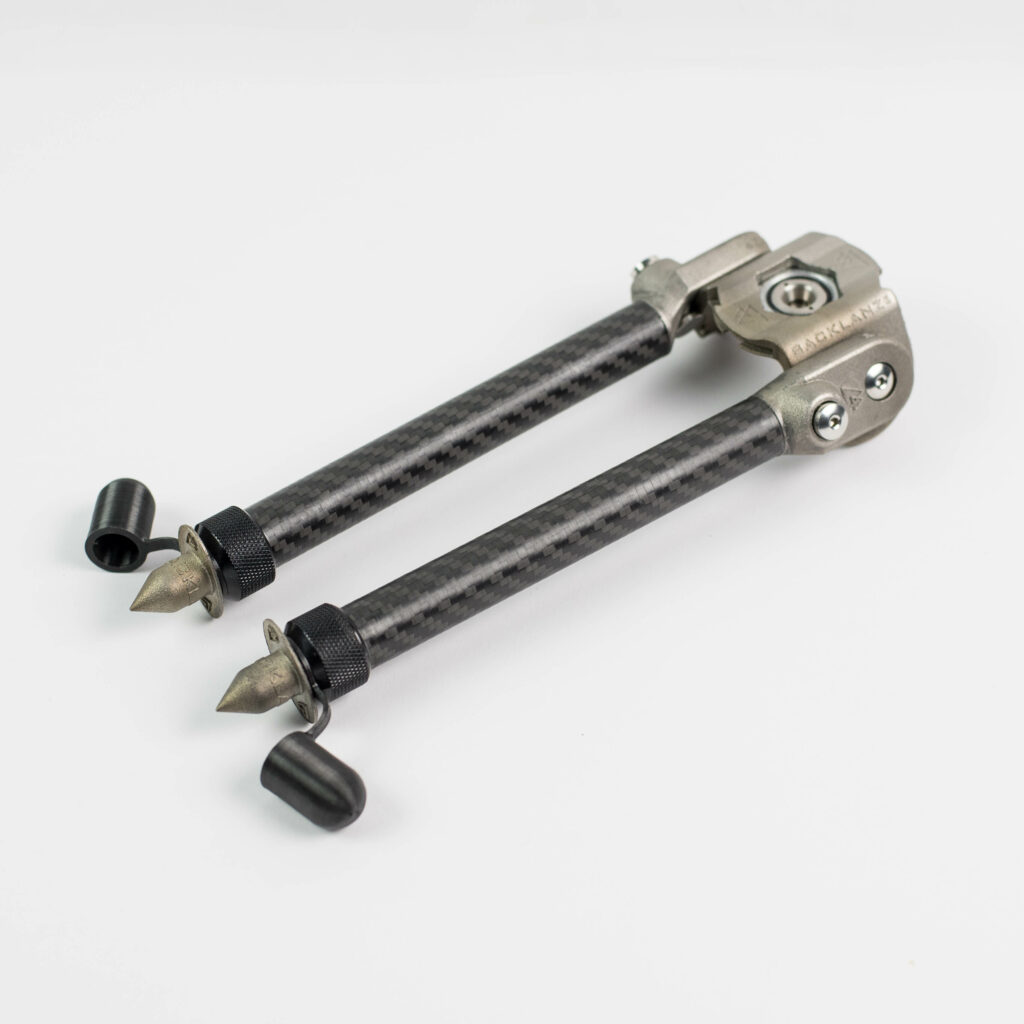
Initial Client Contact
Our initial contact with a client usually comes via a quote enquiry from an email or the online quoting system on our website. Occasionally there are clients who prefer to call us to discuss their project before sending us their part for quotation. Either way, it’s not until we see a CAD model that we really start to understand what it is the client is wanting 3D printed. From there we can start the conversation on cost to manufacture, part suitability for additive manufacturing and if it’s able to be optimized further.
The conversation
We will quote the initial part in the format you send us. This gives both the client and ourselves a yard stick in terms of price, weight, buildability, and sometimes material suitability. Where required, we will also make design recommendations.
An example of one of the clients we are working with is Backlanz; we are printing components for their range of bipods. We started printing the bipods in Stainless Steel 15-5ph because the initial price per part was cheaper. Over time, we changed to Titanium 64 as we were able to reduce the mass of the part via thin walls and internal lattice structures. This has allowed Backlanz to reach their price point as well as saving on weight.
When starting your Additive Manufacturing journey, we think it’s important to keep in mind what you’re trying to achieve. If you have a price point, a weight goal or even design constraints, it’s helpful to let us know during the initial quote phase.
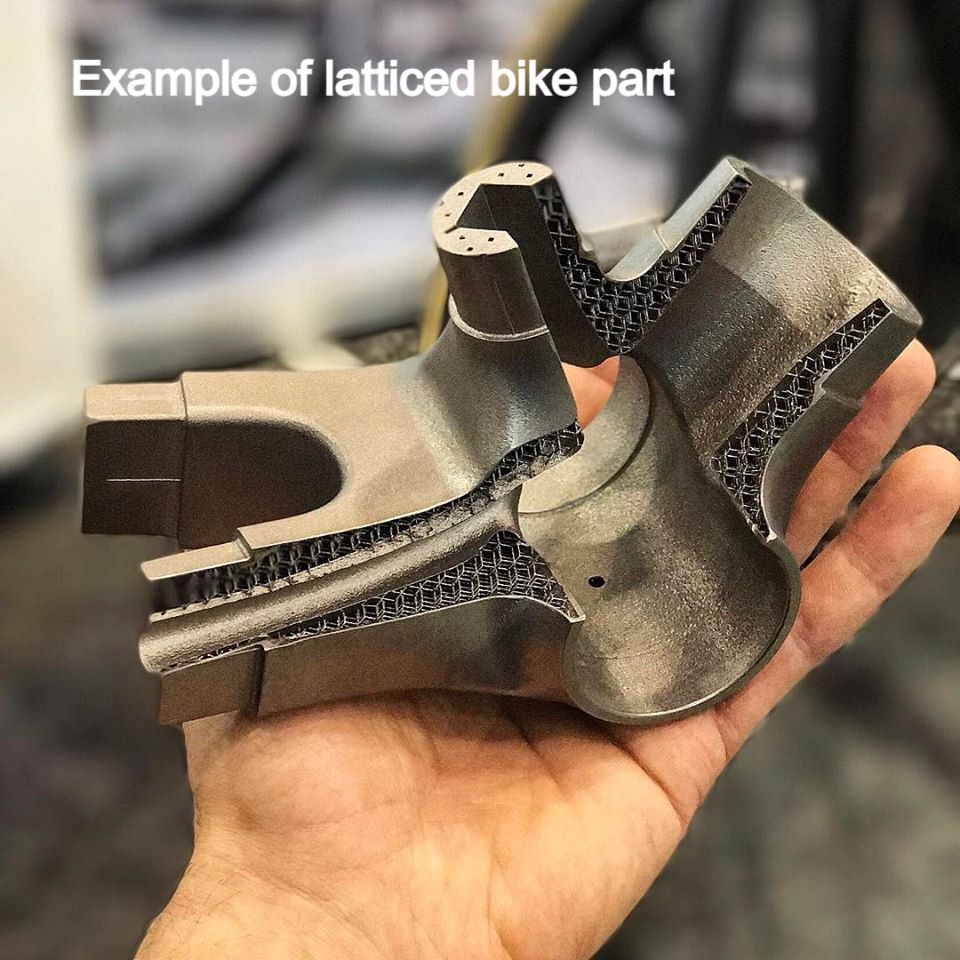
Initial Manufacturing
First time
When we receive a part that would be more traditionally CNC machined or it will be CNC post machined, these parts tend to have square edges and don’t tend to flow as nicely between features, making the parts more challenging to print. This is where a bit of design flexibility is nice and making sure to point out what areas or features are critical.
A few examples of this are; if a part requires a circular opening, we may ask for a cap to be added to hold the shape, or if a surface is to be post machined flat, we may add a machining allowance. If a thread needs to be tapped, we can add these to help with tapping after printing.
With prototype parts or new clients, this process may be revised a few times over until the part functions correctly. It is important at this point to make sure all files contain appropriate revision numbers so the correct parts are manufactured.
Production
This stage comes after the initial design is working well and both the client and we are confident in the part repeatability. By this stage, support addition and removal are sorted so it becomes a drag and drop onto the build plate. This does reduce the cost so if you have production volumes in mind it is helpful to know.
